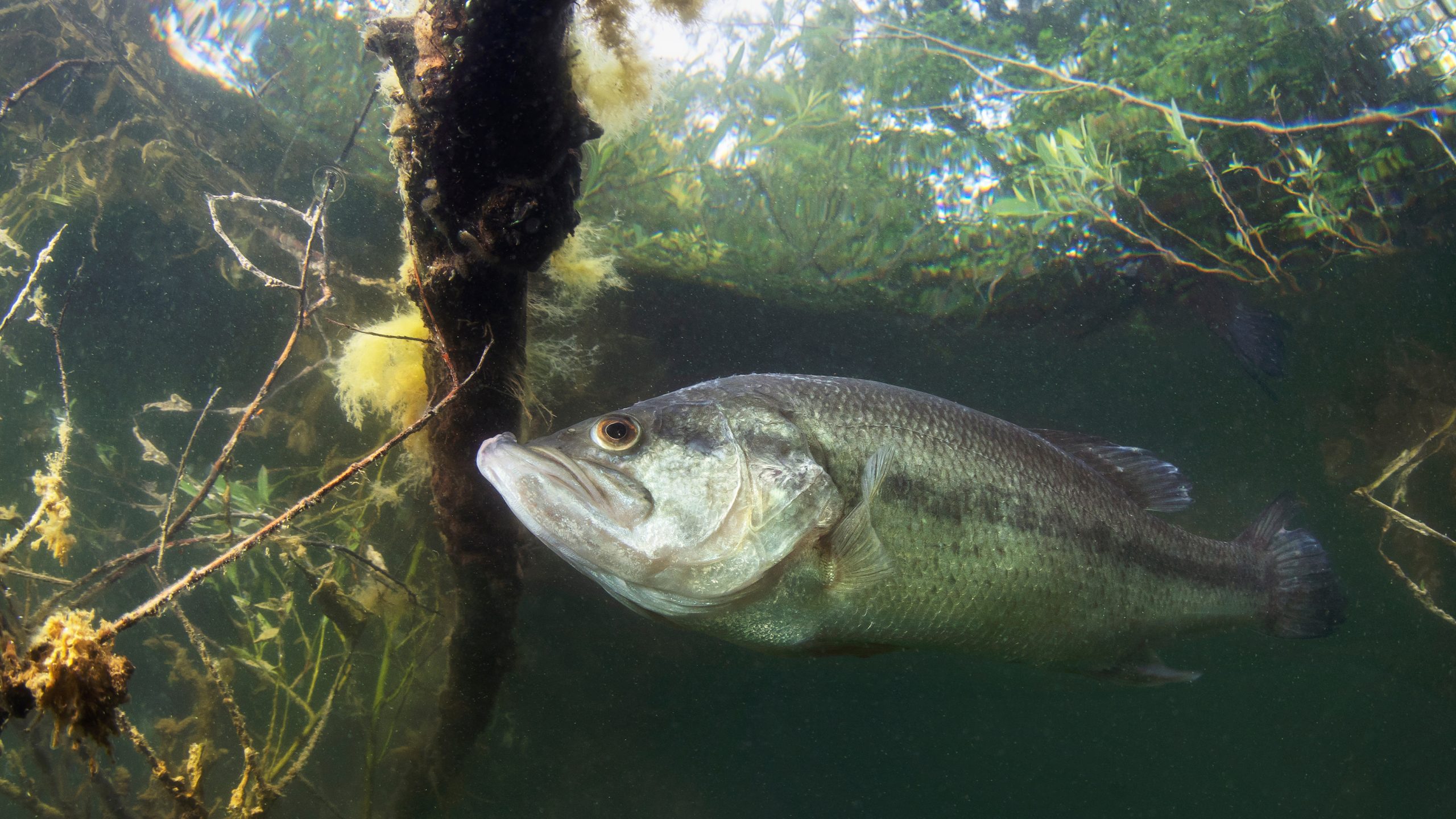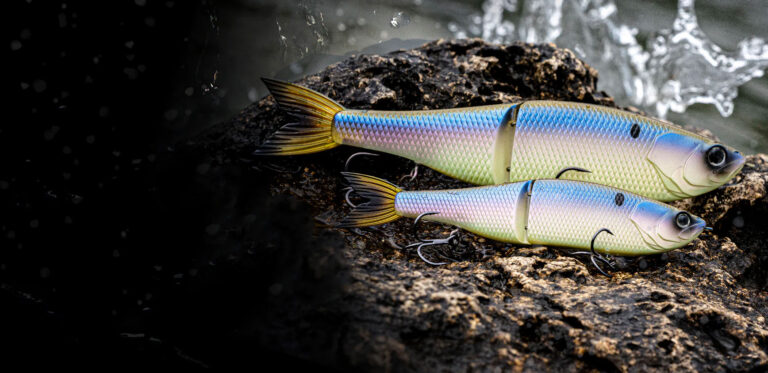Bass fishing is a popular sport enjoyed by anglers all around the world. Whether you’re a seasoned pro or just starting, understanding the life cycle of bass is essential for successful fishing and conservation efforts. By understanding the various stages of bass development, anglers can improve their fishing strategies, know when to fish, and ensure healthy bass populations for future generations. In this blog post, we’ll dive deep into the life cycle of bass, from hatch to adulthood, and how each stage impacts your fishing experience.
Stage 1: Spawning
The life cycle of bass begins with spawning, which typically occurs in spring when water temperatures rise above 60°F (15.5°C). Bass are known for their unique spawning behavior, which often involves males building nests in shallow, sandy or gravelly areas. These nests are used to attract females for mating. After fertilization, the female bass lays thousands of eggs in the nest, and the male guards the nest fiercely to protect the eggs until they hatch.
The spawning season is crucial for anglers because it provides the best opportunity for catching bass, especially during the pre-spawn and post-spawn periods when bass are active and feeding. During this time, bass are particularly aggressive and can be more easily caught on various baits such as jigs, worms, and crankbaits.
Stage 2: Larvae and Fry
Once the eggs hatch, the bass larvae are born. At this stage, bass are very vulnerable and rely on the protection of the male for survival. They remain in the nest for several days, absorbing their yolk sacs until they are strong enough to swim and forage for food.
After the fry (young bass) are able to swim, they begin to leave the nest and seek food. This stage is critical for bass populations because if the fry are unable to find enough food or face predation, the population could be significantly affected. Anglers typically do not target fry during this stage, as they are too small to be caught, but understanding this stage helps with seasonal fishing patterns.
Stage 3: Juvenile Bass
As fry grow, they transition into juvenile bass, which are now able to hunt for prey. At this point, juvenile bass begin to develop the characteristics of adult bass but are still smaller in size. These young fish primarily feed on smaller aquatic insects, small fish, and invertebrates. They are increasingly independent and begin to explore different habitats as they grow.
In terms of fishing, juvenile bass can be found in shallow waters where food is abundant. While they may not be the target for trophy fishing, they are important to the overall ecosystem as they grow into adult bass. At this stage, they can often be found near vegetation and structure, providing opportunities for anglers to catch them with light tackle.
Stage 4: Adult Bass
Adult bass are typically classified as those over 12 inches in length, although this can vary by species. At this stage, bass become more predatory and actively hunt larger prey, including other fish. Largemouth bass, one of the most popular species for fishing, can grow to significant sizes, often reaching lengths of 18-24 inches and weighing between 2-8 pounds, although trophy-sized bass can reach even greater sizes.
Adult bass are most commonly found in deeper waters, although they often move to shallower areas in the warmer months. They are more solitary creatures compared to juvenile bass and tend to stay in areas with abundant forage. Anglers often target adult bass using larger baits like spinnerbaits, jigs, or topwater lures.
Stage 5: The Cycle Continues
The life cycle of bass comes full circle when adult bass return to spawn, ensuring the survival of the next generation. As they age, bass may continue to spawn each year, although their spawning frequency and behavior may change as they grow older. Some bass live to be several years old, with larger fish generally being older and having had more opportunities to spawn.
Anglers need to be mindful of conservation efforts, especially during spawning seasons, to ensure that bass populations remain healthy and sustainable. Catch and release practices, along with adhering to local fishing regulations, can help protect these fish and contribute to a thriving bass ecosystem.
Conclusion
Understanding the life cycle of bass is essential for every angler looking to improve their fishing experience. From the early stages of spawning and larval development to the growth of juvenile and adult bass, each phase of their life presents unique opportunities for catching them. By considering these stages, you’ll be better prepared to fish at the right times of the year and adopt sustainable practices that support bass populations for generations to come.
By respecting the natural life cycle of bass and understanding their behaviors at different stages, anglers can ensure a rewarding fishing experience while contributing to the preservation of this iconic species.







